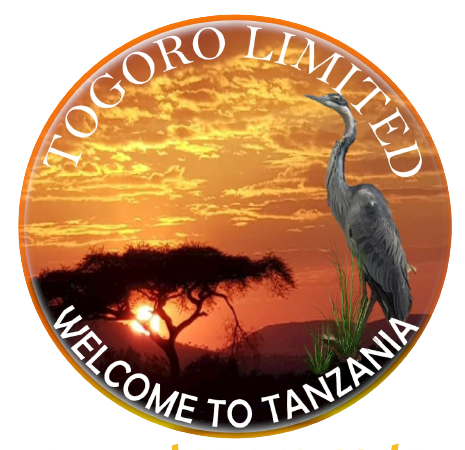TANZANIA DESTINATIONS
NGORONGORO CONSERVATION AREA
The Ngorongoro Conservation Area (NCA), located in northern Tanzania, is a UNESCO World Heritage Site and one of Africa’s most iconic and ecologically significant regions. Covering approximately 8,292 square kilometers (3,200 square miles), the area is renowned for its rich biodiversity, stunning landscapes, and unique blend of wildlife conservation and human habitation.
Ngorongoro Crater:
At the heart of the conservation area lies the Ngorongoro Crater, the world’s largest inactive, intact, and unfilled volcanic caldera. The crater, formed about two to three million years ago, spans 19 kilometers (12 miles) in diameter and covers an area of 260 square kilometers (100 square miles). It hosts a dense population of wildlife, making it one of the best places in Africa to see the “Big Five” (lion, leopard, elephant, buffalo, and rhinoceros).
Wildlife
The glorious landscape harbours almost 25,000 animals including four of the Big Five and other large mammals.
Especially rewarding – large antelope like zebra and gazelle come to drink, while herds of hippos sun themselves in the thick lakeshore mud.
Witness thousands of baby wildebeests being born and a number of opportunistic predators on hunting and killing modes.
The Makat soda lake is a great attraction for flamingos and other water birds
Activities
Game Drive
Bird Watching
Walking & Trekking
Cultural Tour
EDEN GARDEN
The Ngorongoro Crater is often referred to as Africa’s “Garden of Eden” and boasts a magnificent scenery filled with approximately 25,000 animals. Among them are four of the Big Five, along with other impressive creatures like ungulates, buffalo, warthogs, hippos, and elephants. Additionally, the area is home to a remarkable number of lions, hyenas, jackals, cheetahs, and leopards. What sets this place apart is its possession of the world’s largest fully intact caldera, earning it the title of the eighth wonder of the world.
Best Time to Visit
Wildlife viewing inside the Ngorongoro Crater is wonderful throughout the year. Starting from the migration, the breeding patterns or simply the beauty of the region, Ngorogoro is a heaven for wildlife lover. All seasons have their points of interest with some variety of offers. In any case, grass on the crater floor is little in the Dry season (June through September) and this makes animal spotting simpler. The landscape is lavish and tremendous in the Wet season months (from November to May).
